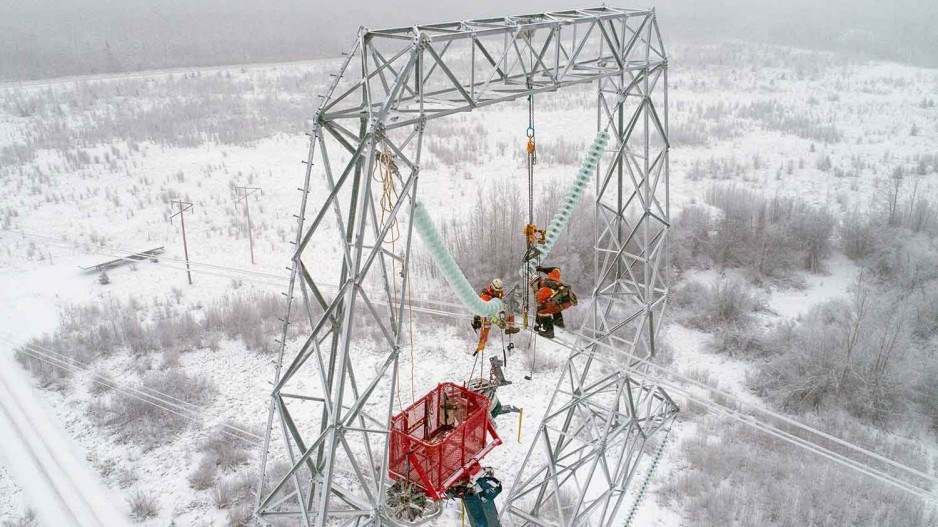The B.C. government approved a new $3 billion LNG project Tuesday, but any further LNG developments that have not yet made it through the environmental review process will need to meet new emissions caps to get approved.
In announcing the approval of the Cedar LNG project Tuesday, the B.C. government also announced a new “energy action framework” that will include a new cap on emissions for the oil and gas sector, as well as a plan to electrify the economy as a way of achieving greenhouse gas emission reduction targets..
“We will require all newly proposed LNG facilities in or entering the environmental assessment process to have a credible plan to reach net zero emissions by 2030,” said Premier David Eby. “Projects that are interested in reducing emissions can pass this test with the right plan and innovation. We know that proponents are already moving in this direction because industry knows this is where we must go to deliver a low-carbon future.”
LNG projects that have yet to move through the environmental assessment process yet include the Ksi Lisims LNG project, which is backed by the Nisga’a First Nation.
As part of the new energy framework sketched out Tuesday, Eby also announced a new clean energy and major projects office will be established for “expediting approvals for clean major projects.”
Such projects could include critical minerals mines and hydrogen projects. Josie Osborne, minister of Energy, Mines and Low Carbon Innovation, noted that there are some 50 hydrogen projects proposed in B.C.
Eby also announced the creation of a new BC Hydro task force “to electrify the provincial economy.”
B.C. is blessed with abundant, low-emission hydro power, and electrifying the oil and gas and LNG sectors is one of the tools that could be used to reduce its emissions.
B.C.’s oil and gas sector produced about 12.8 million tonnes of CO2 equivalent in 2020 -- about one-fifth of B.C.'s total emissions -- according to the Canadian Energy Regulator.
In its CleanBC plan, the government had never fully explained how it would achieve all of its emission reductions targets, with the oil and gas sector’s carbon footprint being the biggest question mark. The plan was criticized for a 25 per cent emissions gap that had not been accounted for.
“The need to cut emissions from the oil and gas sector was a major gap in the B.C. climate plan, and the announcement today closes that gap,” said Chris Severson-Baker of the Pembina Institute.
“Before this announcement, LNG production was simply incompatible with the B.C. climate plan, and now we have policies that ensure the target will be met.”
“We’re pleased to see B.C. signalling a shift in economic priorities, recognizing that the province’s prosperity can’t rely on climate-damaging fossil fuels,” said Tom Green, senior climate adviser for the David Suzuki Foundation.
“Successive B.C. governments have missed climate targets. This new framework can limit climate impacts and redirect investments to enable a fair energy transition in B.C. A regulated emissions cap signals this government’s intention to get the oil and gas sector’s emissions under control.”
Stand.earth, by contrast, slammed the government for supporting any further LNG development.
“The province can put together as many plans and targets as it wants, but if they’re still approving and building new gas megaprojects like Cedar LNG, these plans are meaningless,” said Sven Biggs, Canadian oil and gas program director for Stand.earth.
Asked how the oil and gas emissions cap will work, B.C. Environment Minister George Heyman said his government will be doing consultations this year on the cap's design.
“The cap, in all likelihood, will be a declining cap that aligns with the sectoral targets on the way to 2030,” Heyman said. “It will neither be the level we’re at now, and it won’t be zero. But it will be in line with the announcement we made two years ago.”
CleanBC’s targets for the oil and gas sector were set at 33 to 38 per cent below 2007 levels by 2030.




